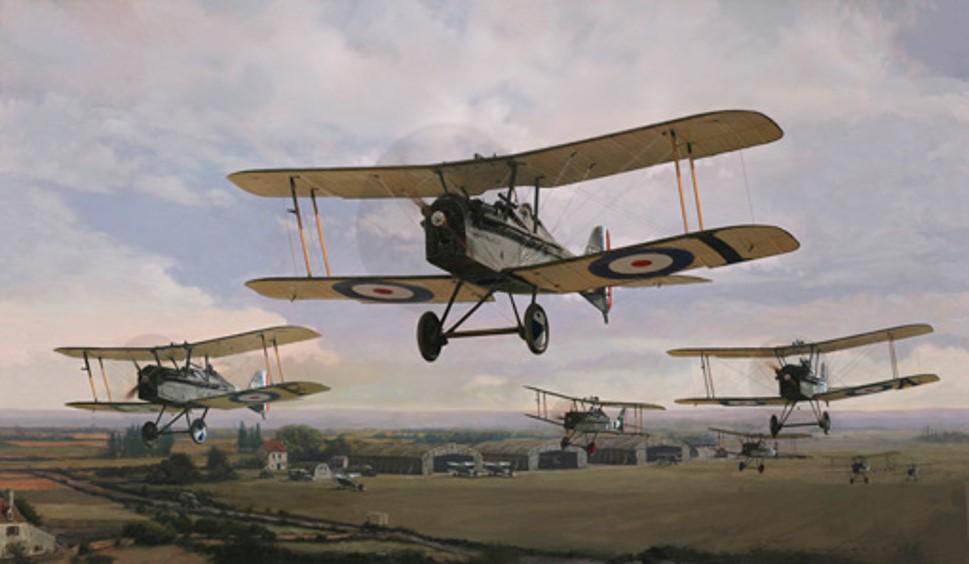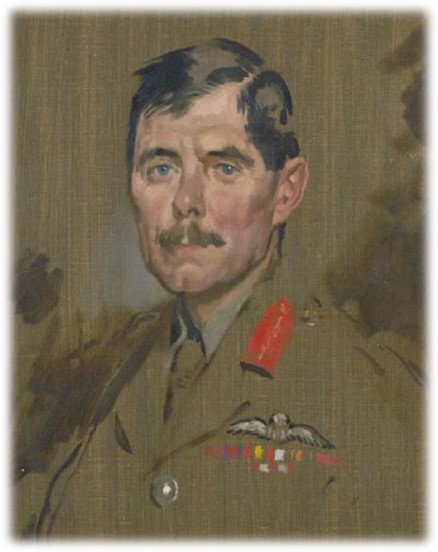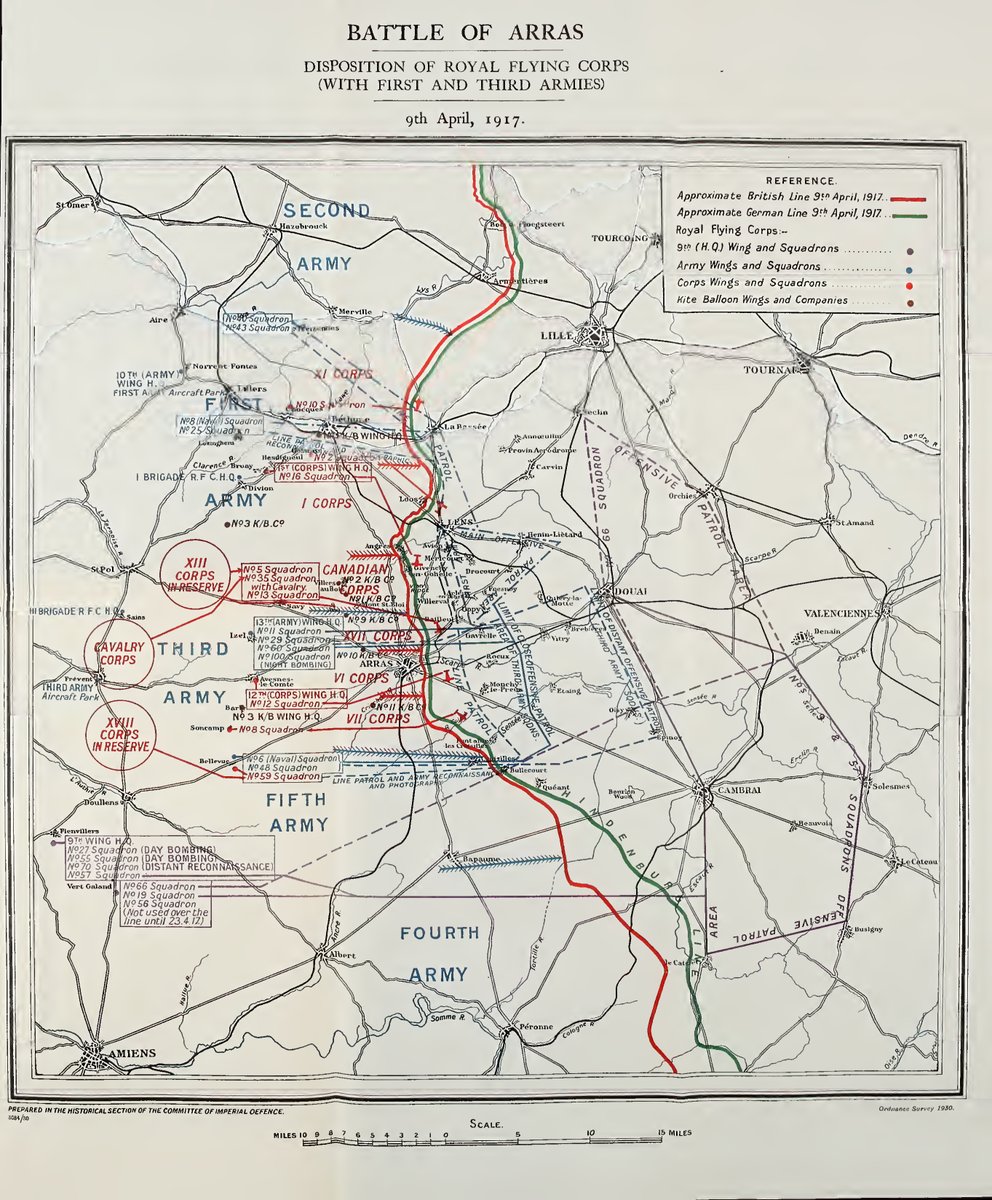
#OTD in 1917, the Canadian Corps advanced into battle together for the first time and captured #VimyRidge. This decisive victory changed the course of the war and transformed Canada from colony to nation.
WAIT. WHAT???!!!
A thread on the myths and reality of Vimy Ridge:
1/19
WAIT. WHAT???!!!
A thread on the myths and reality of Vimy Ridge:
1/19
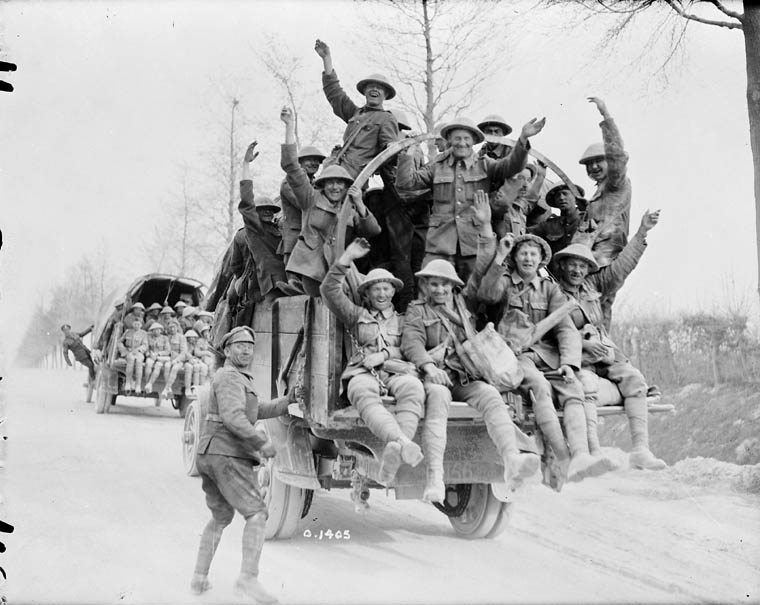
Days after the battle, the Toronto Daily Star proclaimed, “Canadians Score Again” [what’s a Canadian victory without a hockey analogy!] while a Paris newspaper called it "Canada's Easter Gift to France." With victories like this, the end of the war must be close, right?!
2/19
2/19

The battle is important in Canadian history, but not for the reasons above. The symmetry of the four Divisions of the Corps, with Canadians from coast to coast, capturing a German position that defeated previous attacks is poetic & romantic, but there is more to the story.
3/19


3/19
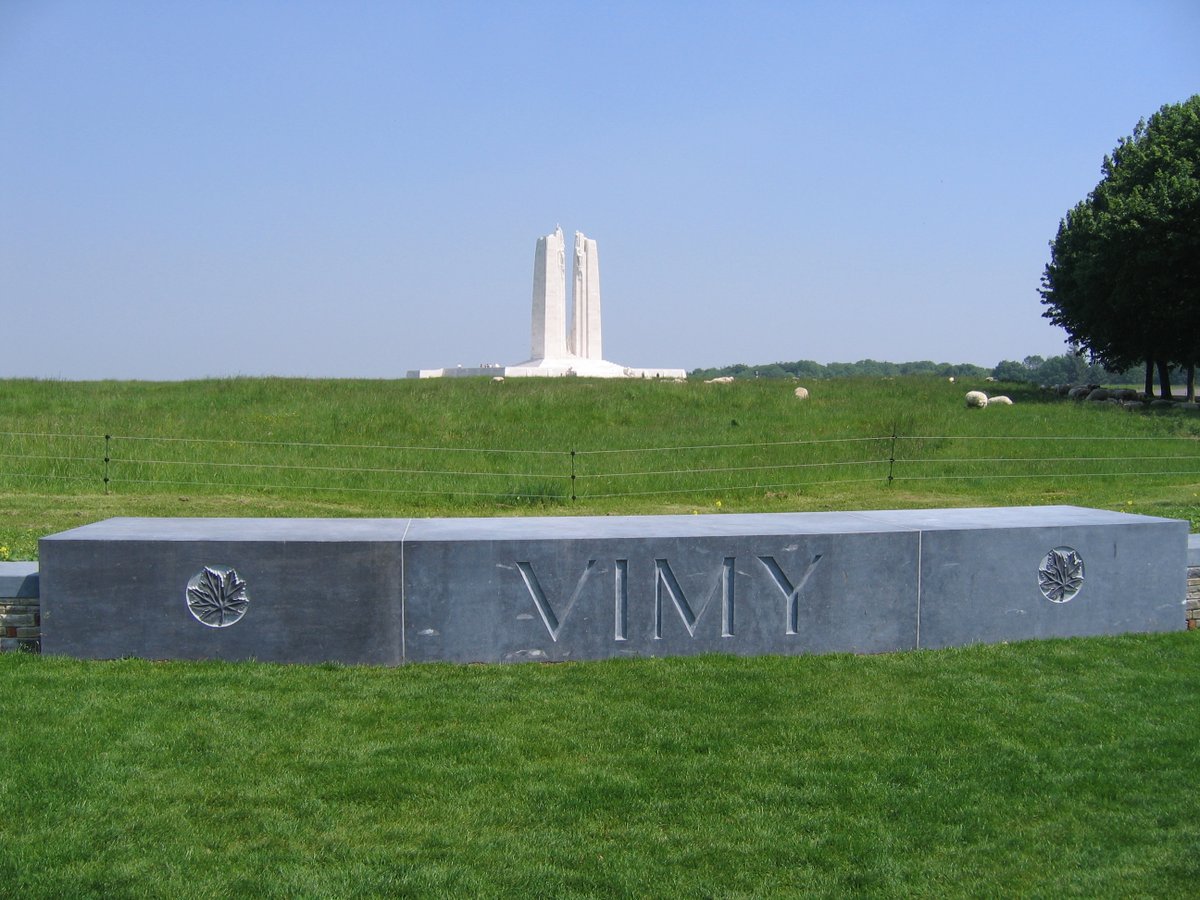
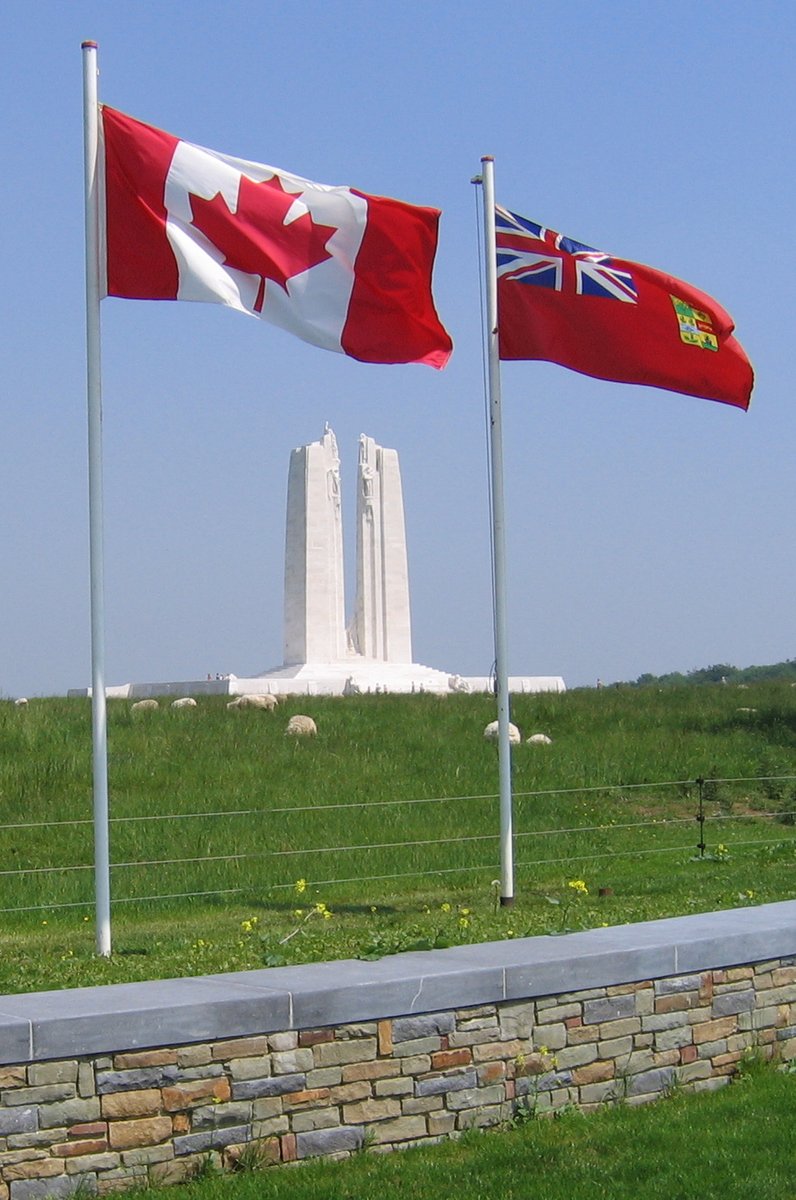
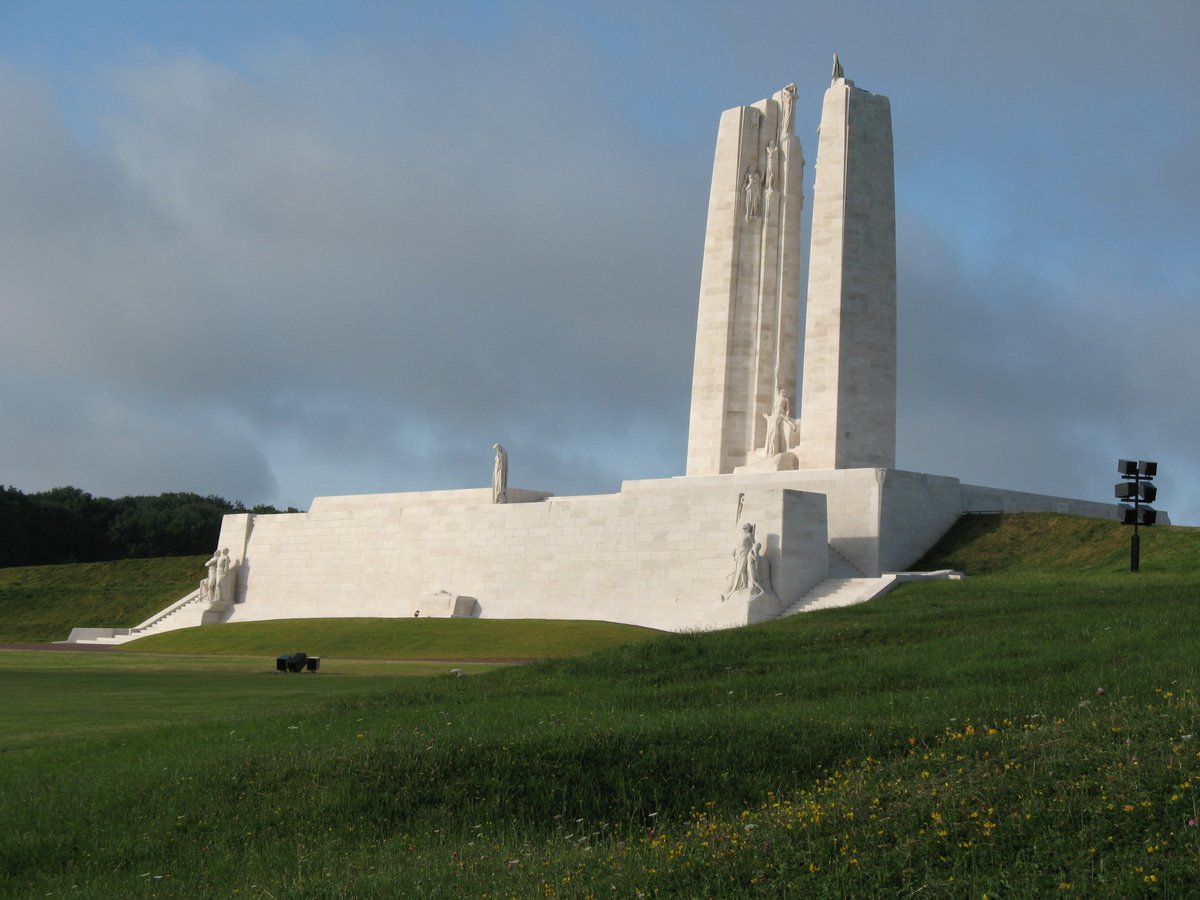
And, we can't forget the cost:
April 9th, 1917 was the costliest day in Canadian military history. Over the four days of the battle, the Canadian Corps lost nearly 3,600 dead and another 7,000 wounded, most of whom fell on the 9th.
4/19



April 9th, 1917 was the costliest day in Canadian military history. Over the four days of the battle, the Canadian Corps lost nearly 3,600 dead and another 7,000 wounded, most of whom fell on the 9th.
4/19
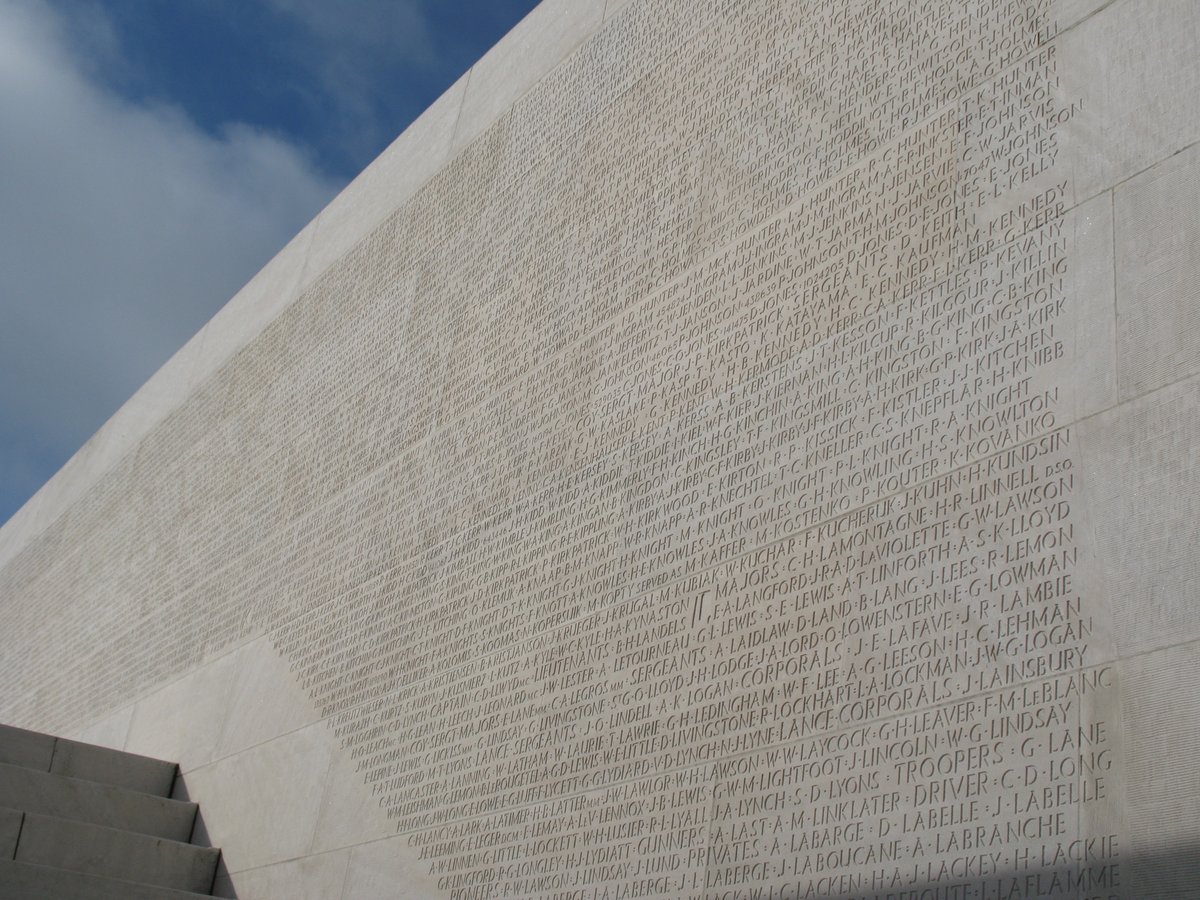

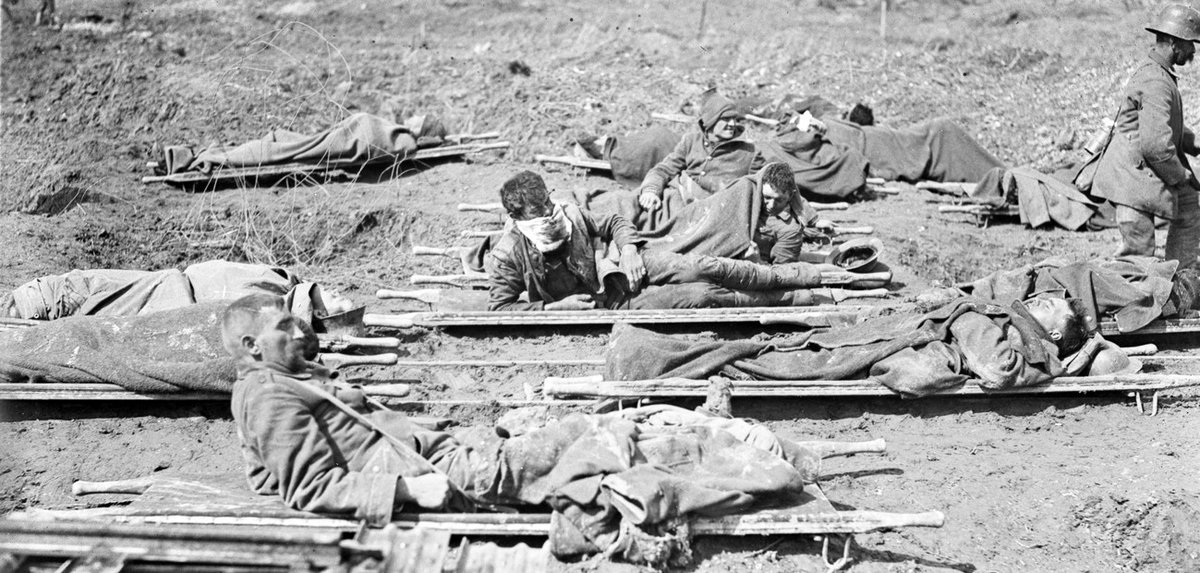
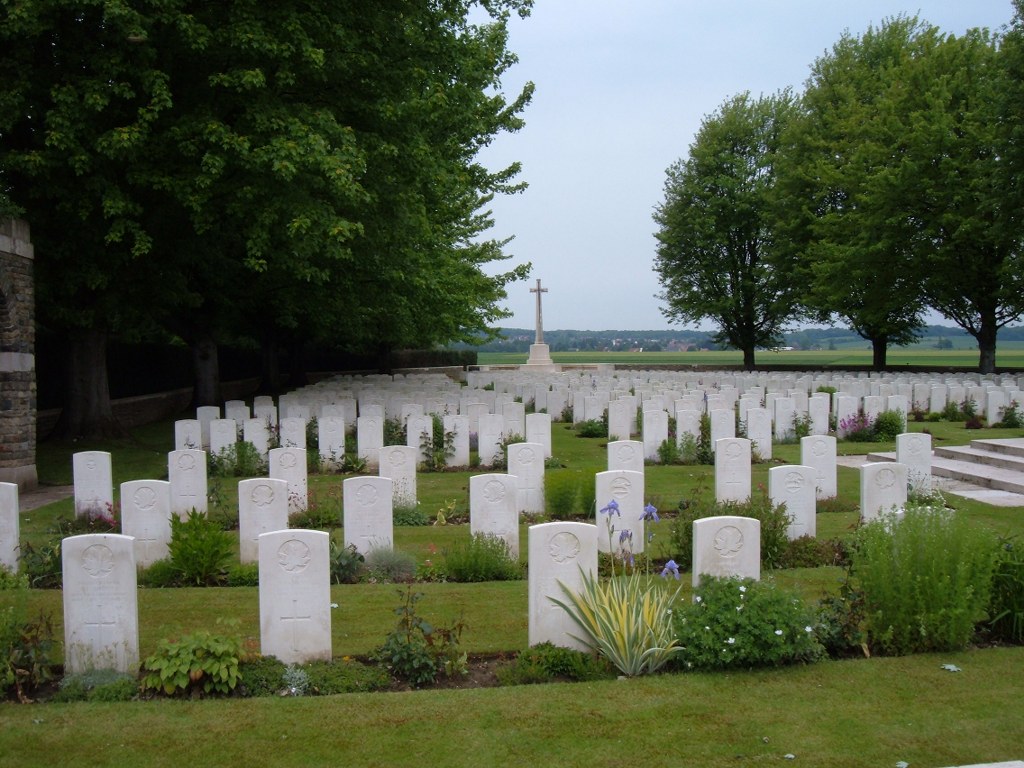
The battle looms large in Canadian memory of the Great War and was an impressive coming-of-age accomplishment for the Canadian Corps, but the capture of the ridge made no difference in the outcome of the war* and was just another day of fighting on the Western Front.
5/19
5/19
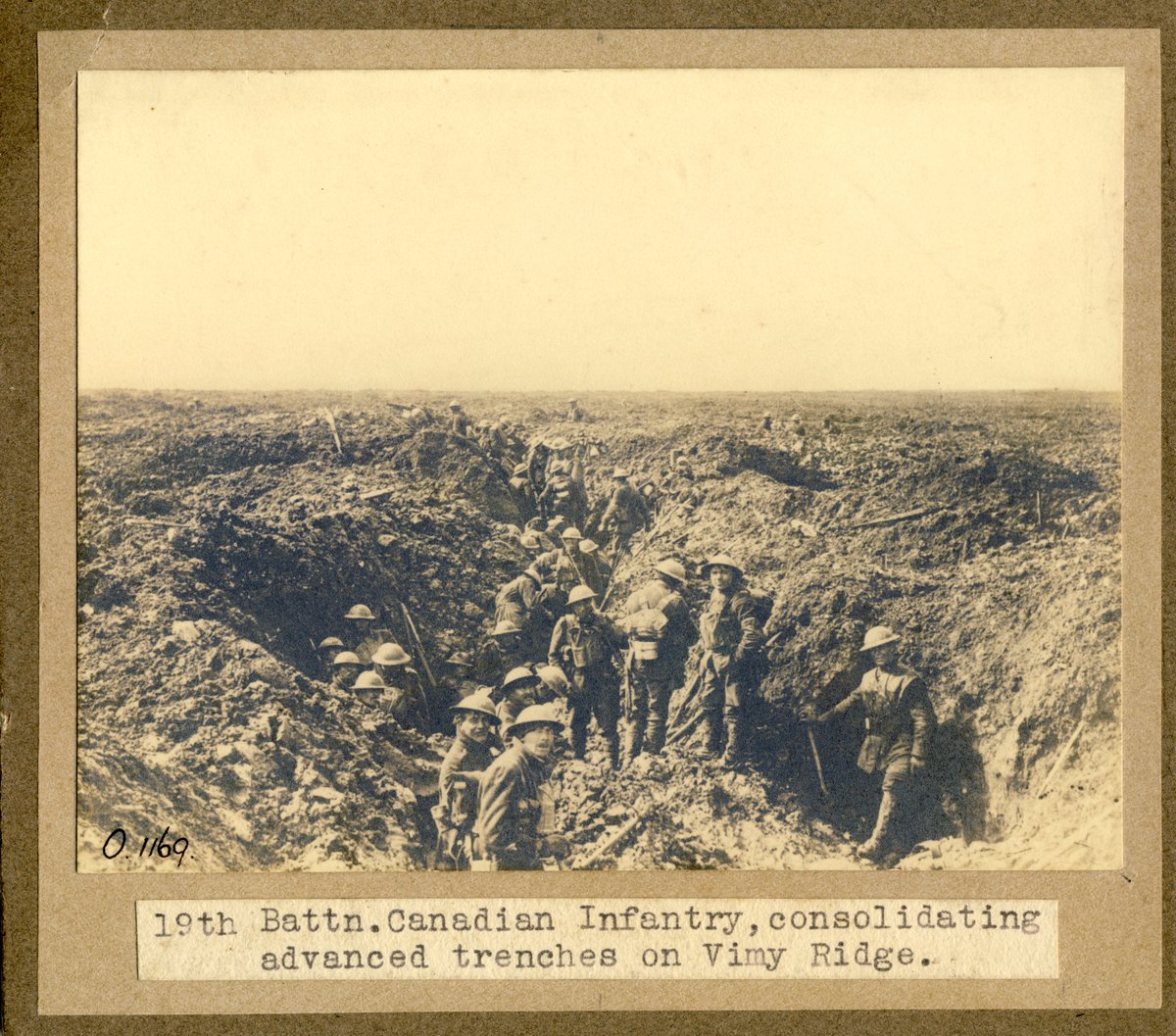
[*As @ProfGSheffield tells us, the true value of capturing Vimy Ridge only became apparent in 1918 when it acted as a dominant defensive position and stopped cold the German Spring offensive in that sector.] Get his Forgotten Victory on the myths of the #FWW…it’s brilliant.
6/19
6/19
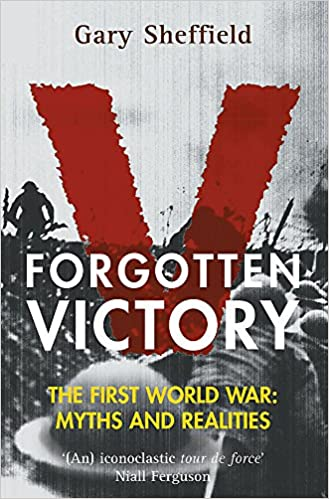
Some of the myths:
Despite the Halifax Herald telling us “Canadians Lead in Great Spring Drive,” Vimy was a small part of the month-long Arras offensive; and Arras was a diversion for the much larger French Nivelle offensive in the Chemin des Dames which launched on 16 Apr.
7/19

Despite the Halifax Herald telling us “Canadians Lead in Great Spring Drive,” Vimy was a small part of the month-long Arras offensive; and Arras was a diversion for the much larger French Nivelle offensive in the Chemin des Dames which launched on 16 Apr.
7/19
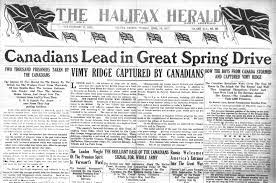
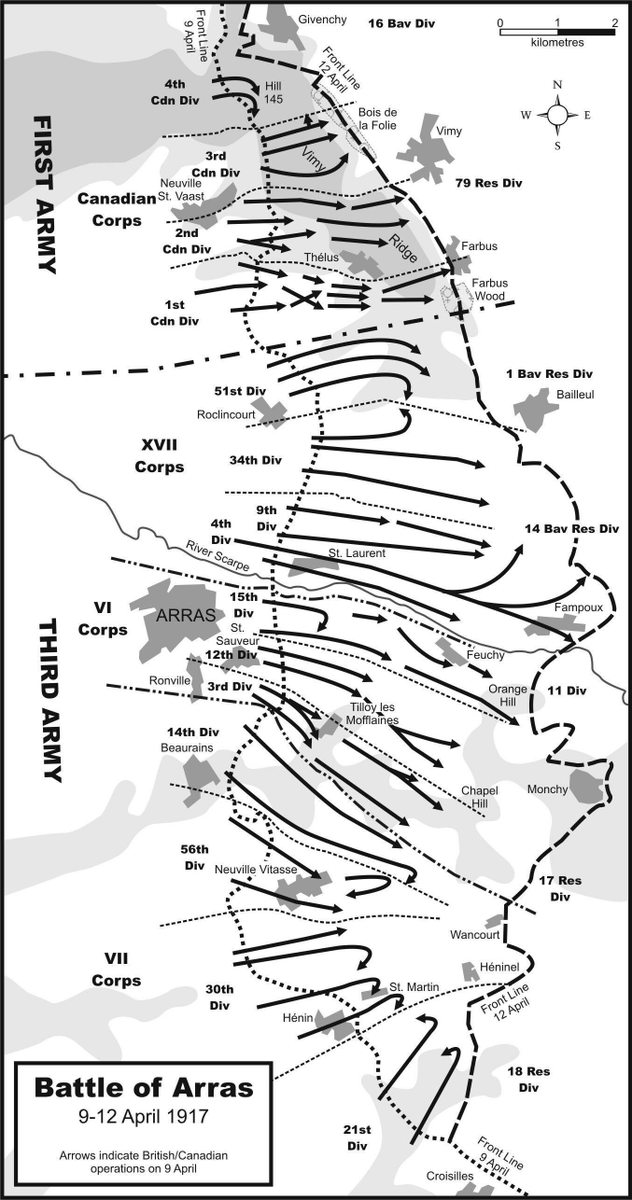
Vimy wasn't even a particularly Cdn battle. Over 40% of the 172,485 men in the Cdn Corps were British. This included 5th British Div, most artillery, staff officers, and support troops. Even the Corps commander, LGen Julian Byng, was British. Many Cdn soldiers were UK born.
8/19



8/19
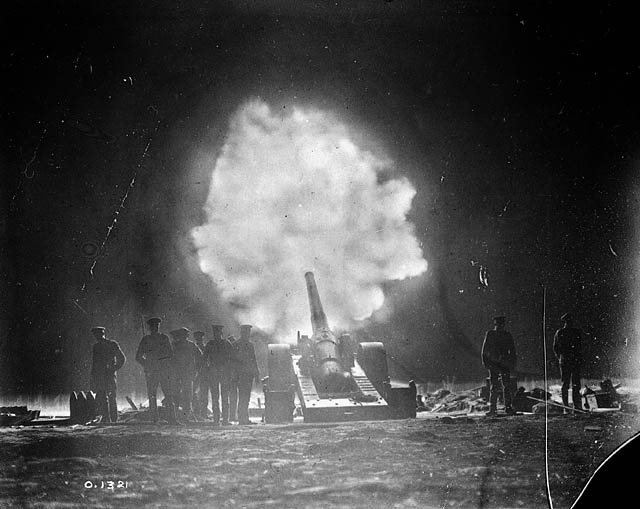
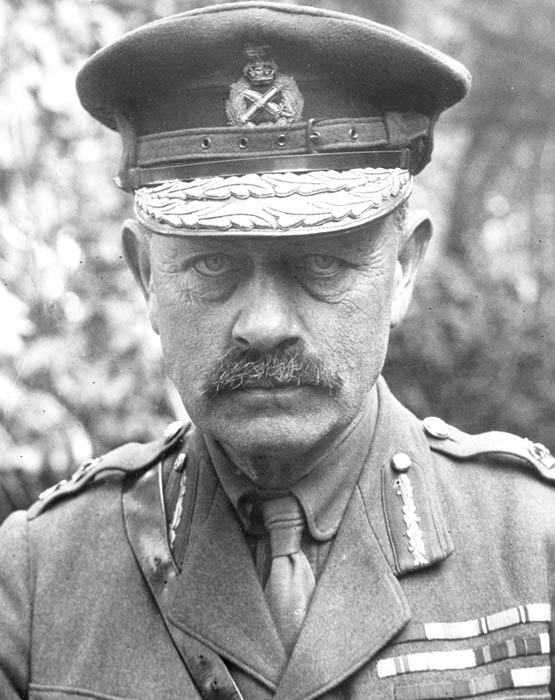
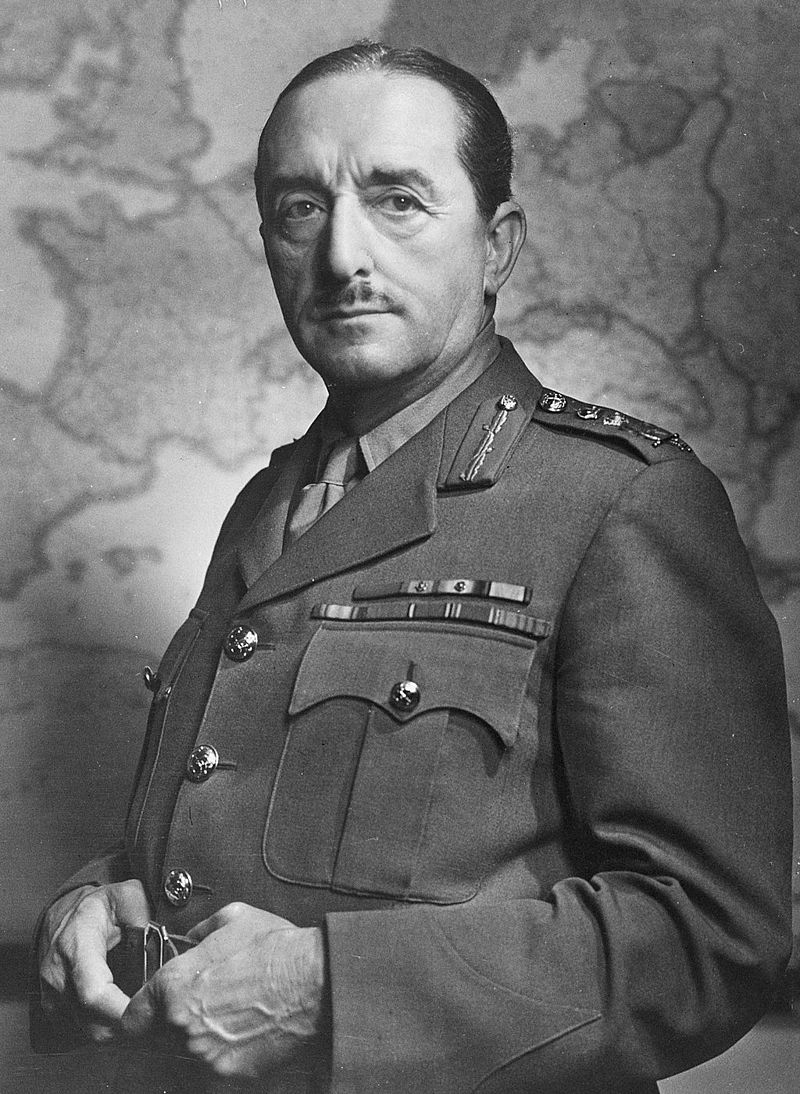
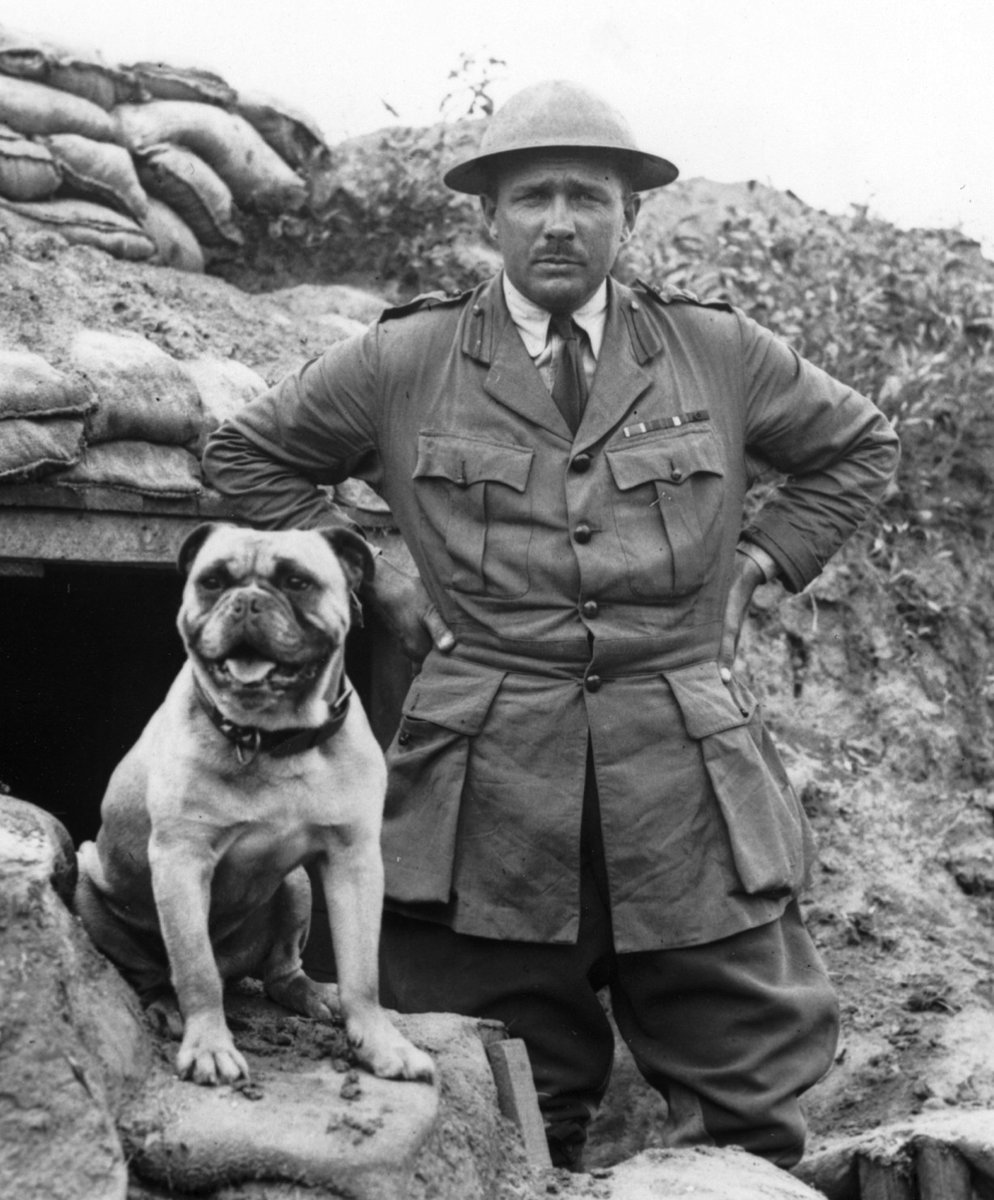
And in terms of the most important Canadian battles of the war, it's not in the top 3. Hill 70 was a more impressive Canadian Corps battle (the first part, not the attack on Lens) while the Hundred Days Campaign showed the Corps operating at the top of its game ...
9/19

9/19
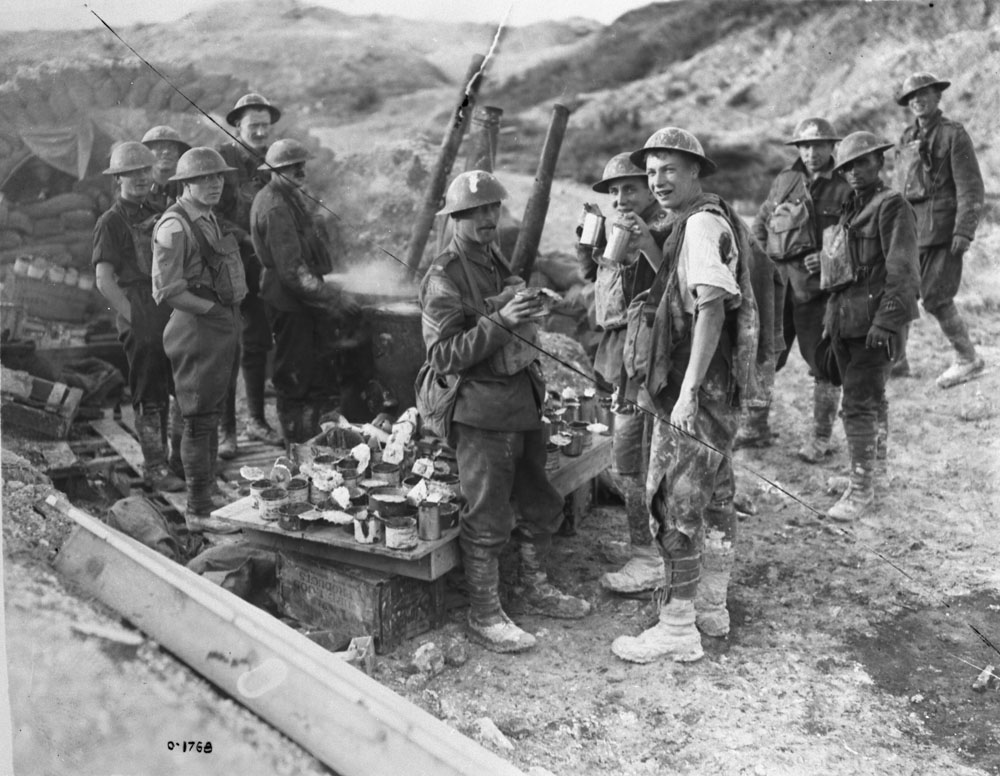

...starting with Amiens on 8 Aug 1918 (Ludendorff's "Black Day of the German Army") followed by successful attacks at Arras, Canal du Nord, Cambrai, and ending with Valenciennes, Mont Houy, and Mons. In these battles the Cdn Corps played a direct role in ending the war.
10/19
10/19
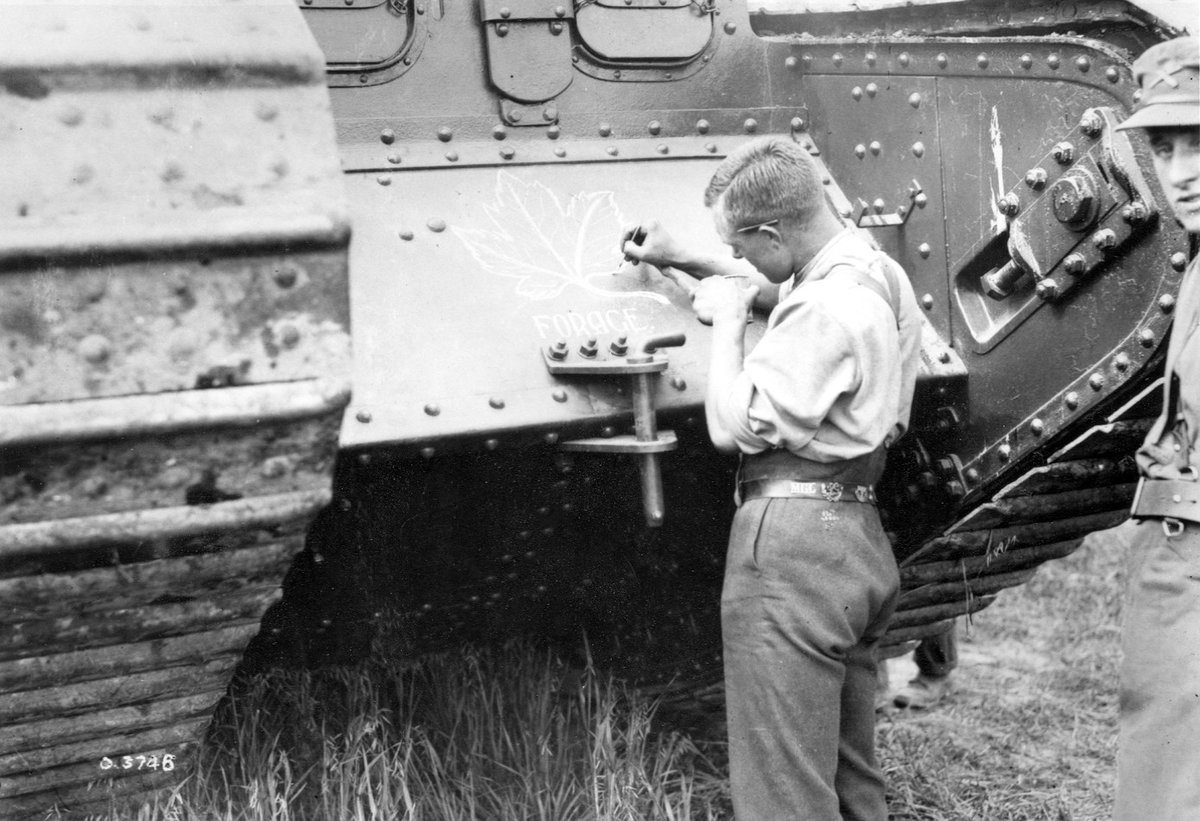
What does all this mean?
This thread is not an attack on Canadian memory or pride in the battle as @gwhayes66, Andrew Iarocci, and I were accused when we published our edited collection on Vimy in 2007. (Shameless plug but we don't get royalties!)
wlupress.wlu.ca/Books/V/Vimy-R…
11/19
This thread is not an attack on Canadian memory or pride in the battle as @gwhayes66, Andrew Iarocci, and I were accused when we published our edited collection on Vimy in 2007. (Shameless plug but we don't get royalties!)
wlupress.wlu.ca/Books/V/Vimy-R…
11/19
In every conceivable way, the Canadian capture of the Ridge was an impressive feat of arms, especially for a nation that essentially had no standing army only three years previously. The bravery of the men who advanced on that snowy day is without parallel.
12/19
12/19
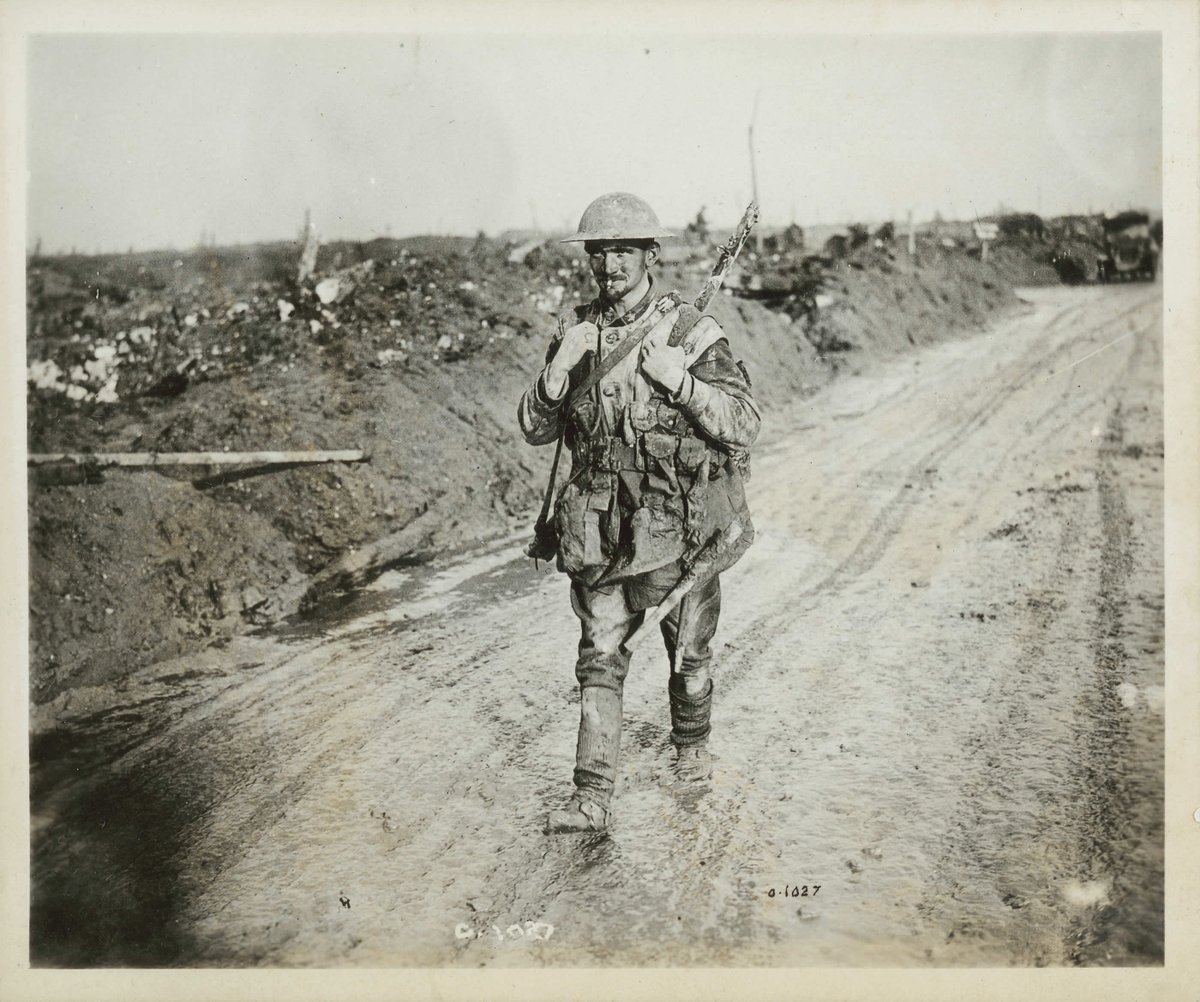
But we need to separate the myth from the reality and look at the battle without the nationalistic maple syrup flavour.
So, you want to learn more, but where do you start?
13/19
So, you want to learn more, but where do you start?
13/19
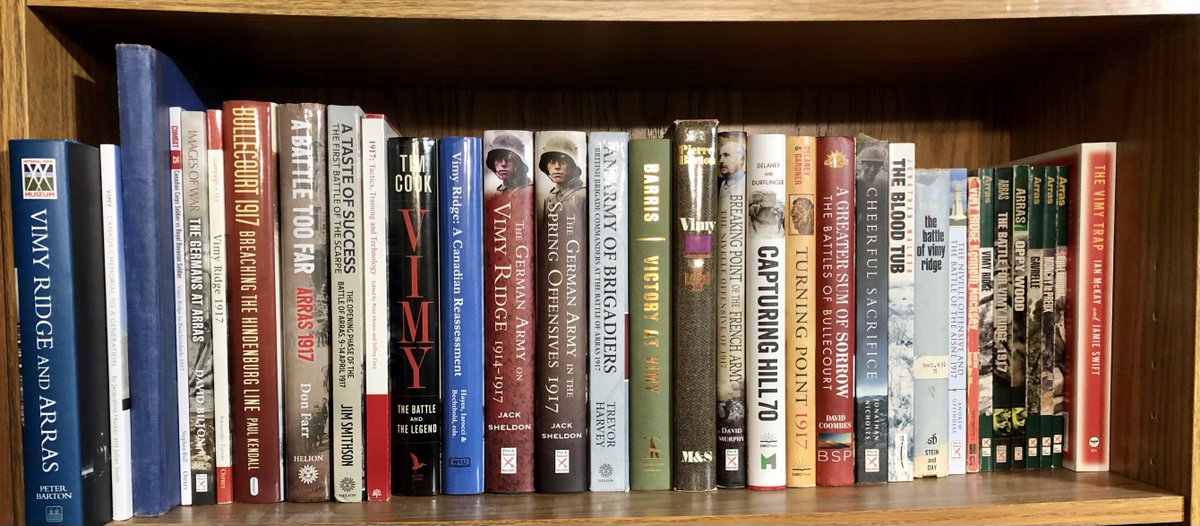
Tim Cook's Vimy is a magisterial tour de force. The first part on the battle is brilliant but even better is the second half on the idea of Vimy. His findings will challenge everything you think you know about colony to nation myth.
amazon.ca/Vimy-Battle-Le…
14/19
amazon.ca/Vimy-Battle-Le…
14/19
Nic Clarke's @ActiveHist article is a quick and easy read that provides more detail on myths surrounding the Battle of Vimy Ridge:
activehistory.ca/2017/04/feet-o…
15/19
activehistory.ca/2017/04/feet-o…
15/19
For a different view of myth and the battle, take a look at @CarlaJeanStokes talk on Ivor Castle’s Photographs of Vimy Ridge. She made this presentation last year on Vimy Ridge Day for the @vimyfoundation.
16/19
16/19
And one final suggestion. While I can't recommend McKay and Swift's The Vimy Trap (it’s a polemic meant to inflame), I do suggest you read @gwhayes66's review of the book. You won't be disappointed!
canadianmilitaryhistory.ca/review-of-ian-…
17/19
canadianmilitaryhistory.ca/review-of-ian-…
17/19
Photo credits (1):
Cdn soldiers returning from Vimy LA PA1332
Toronto Daily Star 12 April 1917
Vimy Memorial @mike_bechthold
Vimy casualty photos LAC PA 1021, 1034
La Chaudiere Military Cemetery @CWGC
19 Bn at Vimy, 1917 LAC O1169
Halifax Herald
Map by @mike_bechthold
18/19
Cdn soldiers returning from Vimy LA PA1332
Toronto Daily Star 12 April 1917
Vimy Memorial @mike_bechthold
Vimy casualty photos LAC PA 1021, 1034
La Chaudiere Military Cemetery @CWGC
19 Bn at Vimy, 1917 LAC O1169
Halifax Herald
Map by @mike_bechthold
18/19
Photo credits (2):
Royal Garrison Artillery at Vimy LAC PA1879
Lord Alanbrooke, 1947
Julian Byng 1917 CWM 19920085-262
LCol Edmund Ironside, 1917 LAC PA1352
Cdn soldiers at Hill 70 LAC O1768
A maple leaf on a tank at Amiens LAC PA3667
Cdn soldier after Vimy battle LAC O1027
19/19
Royal Garrison Artillery at Vimy LAC PA1879
Lord Alanbrooke, 1947
Julian Byng 1917 CWM 19920085-262
LCol Edmund Ironside, 1917 LAC PA1352
Cdn soldiers at Hill 70 LAC O1768
A maple leaf on a tank at Amiens LAC PA3667
Cdn soldier after Vimy battle LAC O1027
19/19
• • •
Missing some Tweet in this thread? You can try to
force a refresh





